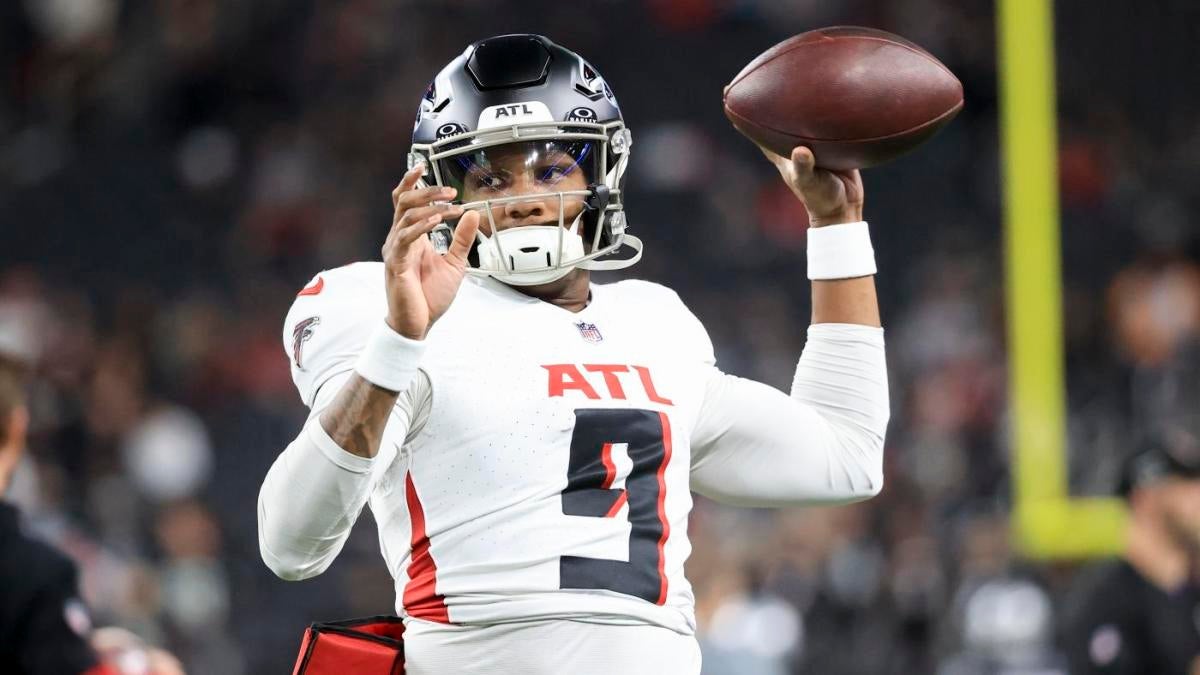NFL
NFL waiver wire rules, explained

Once teams like the New York Giants set their initial 53-man rosters on Tuesday afternoon, that does not mean season-opening rosters are finalized. Waiver claims and free agent signings will bring changes. Following is a look current NFL waiver wire rules.
Waiver wire rules
Teams have until noon ET on Wednesday to file a claim for any player released in the roster cuts from 90 to 53 players. The Giants are No. 6 in the waiver claim order, which matches where they were positioned in the 2024 NFL Draft. That means if the Giants claim a player they will be awarded that player if they go unclaimed by any of the five teams with a higher waiver priority than the Giants. Those five teams are:
Theoretically, the Panthers could claim 53 players and be awarded all of them. That, obviously, won’t happen.
The waiver priority remains identical to the previous draft until after the third week of the regular season, with the worst team getting the highest priority. Trades do not impact waiver priority. That is why the Panthers, who traded the No. 1 pick to the Chicago Bears, still have the highest waiver priority.
After the third week of the regular season, the order is based on the league standings in reverse order, with the team with the worst record getting first priority. This order is updated weekly throughout the season.
Being awarded waiver claims
Teams can claim as many players as they like. If they put in 20 waiver claims, though, that does not mean they expect — or want — to be awarded that many players.
First, as stated above, teams can only be awarded players who go unclaimed by teams higher on the waiver wire priority list.
Also, teams can prioritize their claim lists and can specify the maximum number of players they want to be awarded at a given position.
So, if the Giants claim 20 players they can prioritize the one they want the most (No. 1) down to their lowest priority claim (No. 20). They can also specify that, for example, they want two cornerbacks. If they are awarded two cornerbacks, their claims for cornerbacks lower on their priority list will be cancelled.
Who can be waived?
Players with less than four accrued NFL seasons are subject to waivers. Those with more than four accrued seasons are considered vested veterans. They are released, listed officially as having had their contracts terminated, and can sign with any team immediately. Players subject to waivers do not become free agents unless they go unclaimed in the waiver process.
An accrued season requires a player to have full-pay status for at least six regular-season games in a given season.
As an example, Giants coach Brian Daboll announced the following cuts on Sunday morning:
DL Kyler Baugh
CB Breon Borders
S Clayton Isbell
WR John Jiles
RB Joshua Kelley
LB Trey Kizer
RB Lorenzo Lingard
OL Marcus McKethan
WR Ayir Asante
Kelley and Borders are vested veterans, each with four accrued seasons in the NFL. Kelley played 10 or more games in each of his four seasons with the Los Angeles Chargers. Borders has three seasons in which he played in at least 11 games. He was on the active roster of the New England Patriots for 15 games last season, even though he never appeared in a game. That earned him a fourth accrued NFL season.
The remaining players all have to go through waivers and can be claimed by another team. The claiming team must put that player on their 53-man roster.
Waived/injured
In the NFL, “waived/injured” is a term that refers to a player being waived with an injury designation. It works similarly to a waiver, but if no team claims the player they return to the waiving team’s injured reserve (IR) list.
The Giants have already waived/injured several players. In Sunday’s round of cut downs defensive tackle Timmy Horne (Achilles) and defensive back Jonathan Sutherland were waived with an injury designation.
In Horne’s case, he has a season-ending injury and will land on IR. Sutherland is an example of a player who could receive an injury settlement and become a free agent. Once a player is waived/injured, the waiving team has five days to make an injury settlement with the player, which compensates them for the time they are expected to be injured. This makes the player a free agent, but they cannot re-sign with the team that waived them for six weeks plus the length of the settlement.
Non-vested veterans (players with less than four years of service time) must go through injury waivers before being placed on injured reserve from the start of the league year in March until the final cut down date. Vested veterans (players with four or more years of service time) can go directly to injured reserve.
New IR rule
Before the 2024 season, a player had to be placed on the initial 53-man roster and then placed on injured reserve if a team wanted to make him eligible to return at some point during that season.
That rule changed prior to this season. Now, a team can place two players on IR and designate them for potential return before setting their 53-man rosters. Those players have to be placed on injured reserve on the final day of cut downs, meaning they would have to be placed on IR on Tuesday. Players already on IR (in the Giants case OT Yodny Cajuse, DB Elijah Riley, and WR Chase Cota, are not eligible to return.
Players designated to return must miss at least the first four games of the regular season.










